WSRM---LEDlights advantages and one shortage!
LED lights have many advantages over other kinds of lighting, including compact fluorescent lights, or CFLs, an unsafe lighting technology. Here are eight reasons to love LEDs, or light-emitting diodes.
1. LEDs Have Been Around for Decades
LED lighting is a proven technology that's been in widespread use since the 1960s. Traffic lights, electronic instruments and other devices have relied on LED lighting -- and if you're old enough to remember the first geeky calculator you bought in the 1970s, there's a chance it may have been lit with LED light
.
2. LEDs Can Create a Warm, Soft Glow
Some users associate LEDs with a harsh, cold, glaring light, but newer LEDs are capable of producing a warm, soft -- dare I say romantic? -- glow, just like the inefficient incandescent lights that are still widely used.
3. LEDs Are Ridiculously Energy-Efficient
LED lights use 75 to 80 percent less energy than older incandescent lights. And because lighting consumes a significant amount of household energy, the savings can add up fast.
4. LED Lights Will Save You Money
If you're more motivated by cash than by environmental concerns, here's your catnip: LEDs will save you money over both CFLs and regular incandescent lights. One study found that over the lifetime of an LED light (estimated at 50,000 hours), LEDs cost just $95 to operate -- CFLs, by comparison, cost $159 over the same period, and incandescents cost a whopping $652. These figures don't even include the hassles of buying and replacing lights. LEDs cost more up front, true -- you can expect to be at least $10 per bulb, depending on the type and the manufacturer -- but like most new technologies, that cost is dropping every year.
5. LEDs Might Outlast You
If you hate changing burned-out light bulbs, raise your hand -- or, on second thought, don't. LEDs are generally estimated to last at least 25,000 hours, and often up to 50,000 hours. Incandescents only last 1,200 hours, so you'd have to replace an incandescent light 42 times to get the light of a single, solid-state LED. CFLs, by comparison, usually last 10,000 hours, so you'd only have to change them 5 times to match one LED light. And speaking of changing light bulbs...
6. LEDs Contain No Toxic Mercury
I would be a big fan of CFLs if they didn't contain mercury, a toxin associated with birth defects, brain damage and other disorders. That's why CFLs can't be thrown in the trash -- and it's very tricky to clean up a broken CFL. LEDs' biggest advantage over CFLs is that they contain no mercury or other hazardous materials. None. Zip. Nada.
7. LED Lights Are Cool - Literally
Ever try to unscrew a hot light bulb? (Not twice, I'll bet.) Incandescent and halogen lights can be very hot, which leads to a number of safety issues. LEDs, on the other hand, are totally cool even after several hours of use -- they're even cooler than CFLs.
8. LEDs Can Be Dimmed
LED lights can be dimmed, which is not always the case with CFLs. Additionally, LEDs come on instantly (again, better than CFLs) and don't flicker (ditto). Finally, their light output is constant over the lifetime of the lamp, fading only when the lamps are at the end of their very, very long life
.
9. BUT - Not All LEDs Are Created Equal
Unfortunately, the Department of Energy and others have noted that there are some poor-quality LED manufacturers out there selling inferior products that grow dim, shift in color or begin to flicker after just 1,000 hours or so. (Note the two photos at below, after 100 hours and after 1,000 hours.) To protect yourself from these problems, look for WSRM-LEDlights made in good quality.
WE HAVE A DREAM:BRING OUR LEDlights TO THE WORLDWIDE!
www.whitesunredmoon.com
http://zgledn.yglm.mobi/
SALES CONTACT
ITALY
Torino
39011redmoon1@myledonline.com
Rome
3906whitesun1@myledonline.com
SPAIN
Barcelona
3493redmoon1@myledonline.com
GERMANY
Berlin
4930whitesun1@myledonline.com
FRANCE
Paris
331redmoon1@myledonline.com
ENGLAND
London
4420whitesun1@myledonline.com
RUSSIA
Moscow
7499redmoon1@myledonline.com
FINLAND
Helsinki
3589whitesun1@myledonline.com
NORWAY
Oslo
47whitesun1@myledonline.com
AUSTRIA
Vienna
431whitesun1@myledonline.com
39011redmoon1@myledonline.com
Rome
3906whitesun1@myledonline.com
SPAIN
Barcelona
3493redmoon1@myledonline.com
GERMANY
Berlin
4930whitesun1@myledonline.com
FRANCE
Paris
331redmoon1@myledonline.com
ENGLAND
London
4420whitesun1@myledonline.com
RUSSIA
Moscow
7499redmoon1@myledonline.com
FINLAND
Helsinki
3589whitesun1@myledonline.com
NORWAY
Oslo
47whitesun1@myledonline.com
AUSTRIA
Vienna
431whitesun1@myledonline.com
NETHERLAND
Amsterdam
3120whitesun1@myledonline.com
SWITZERLAND
Zurich
4144whitesun1@myledonline.com
TURKEY
Istanbul
90216whitesun1@myledonline.com
BELGIUM
Brussels
322whitesun1@myledonline.com
SWEDEN
Stockholm
468whitesun1@myledonline.com
HUNGARY
Budapest
361whitesun1@myledonline.com
SCOTLAND
Glasgow
44141whitesun1@myledonline.com
ICELAND
Reykjavik
354whitesun1@myledonline.com
SWITZERLAND
Zurich
4144whitesun1@myledonline.com
TURKEY
Istanbul
90216whitesun1@myledonline.com
BELGIUM
Brussels
322whitesun1@myledonline.com
SWEDEN
Stockholm
468whitesun1@myledonline.com
HUNGARY
Budapest
361whitesun1@myledonline.com
SCOTLAND
Glasgow
44141whitesun1@myledonline.com
ICELAND
Reykjavik
354whitesun1@myledonline.com

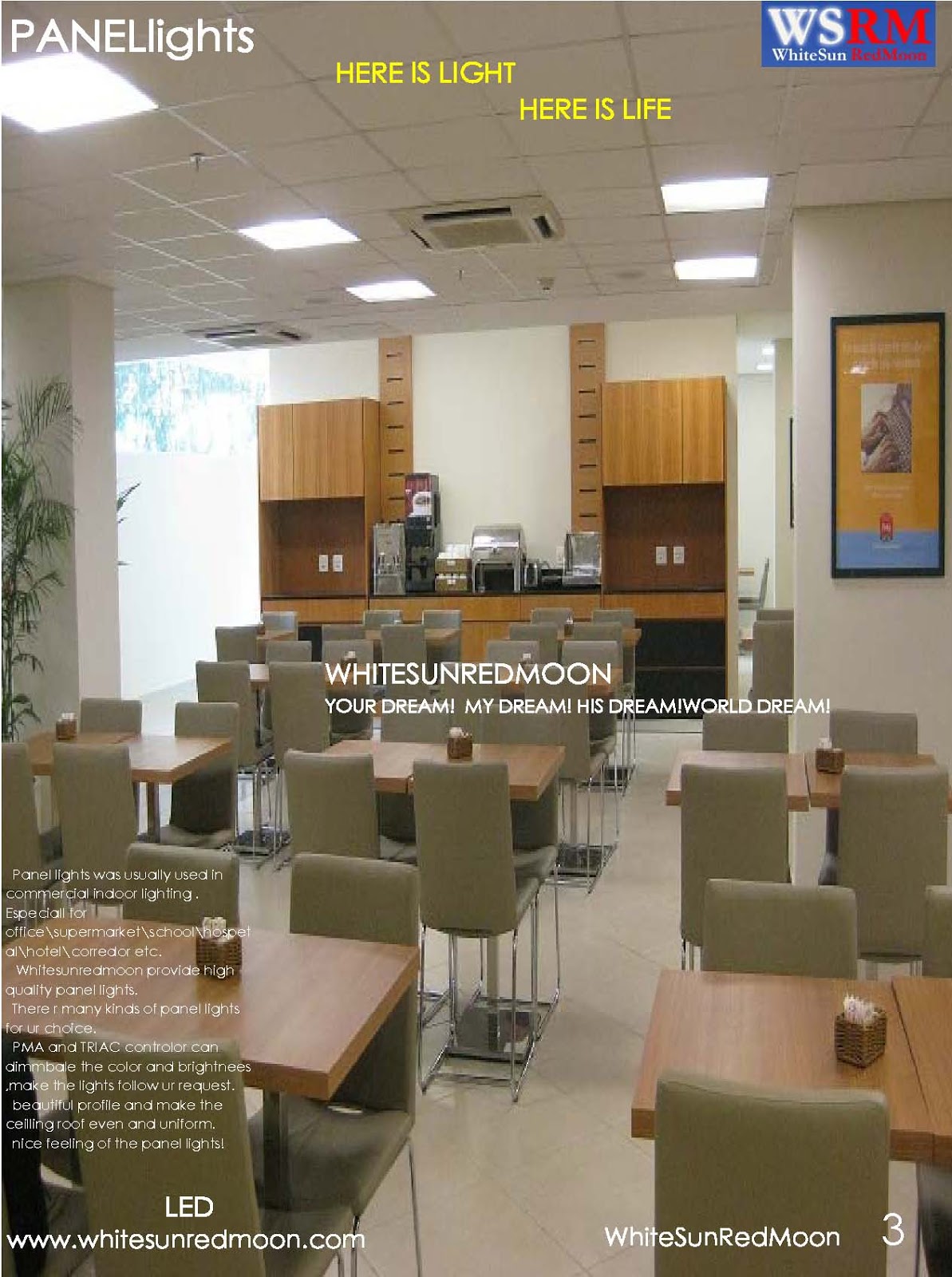
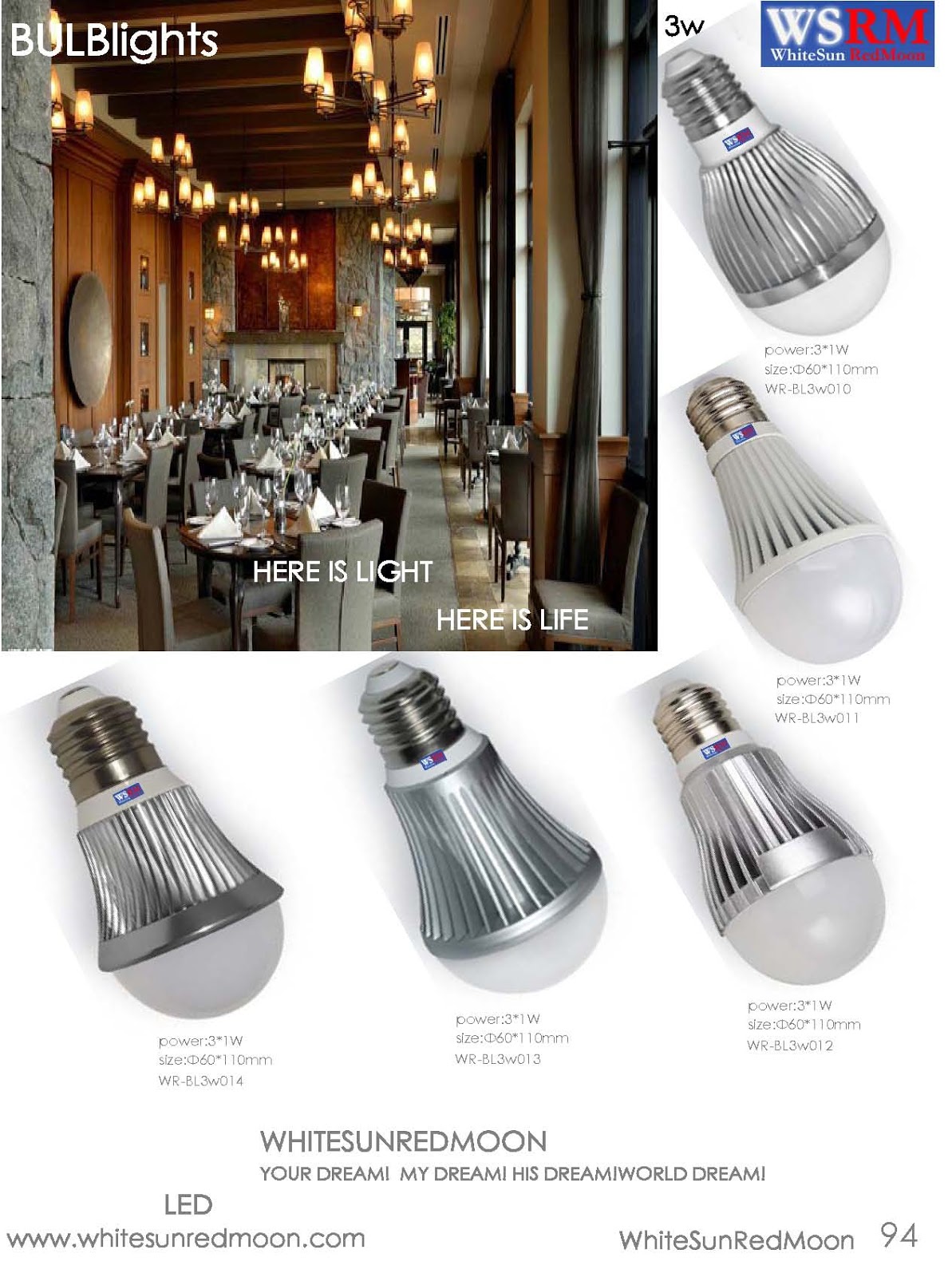


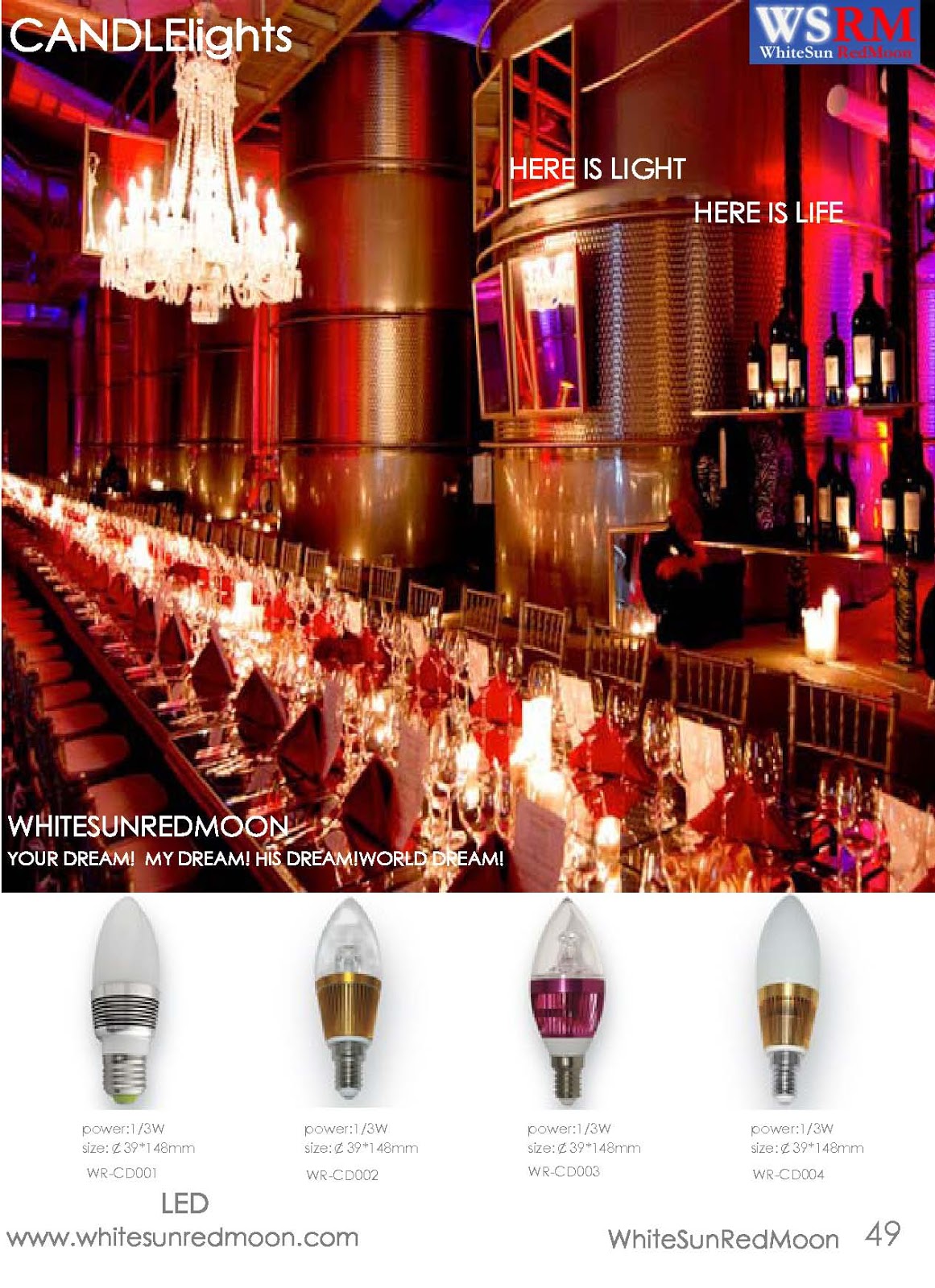
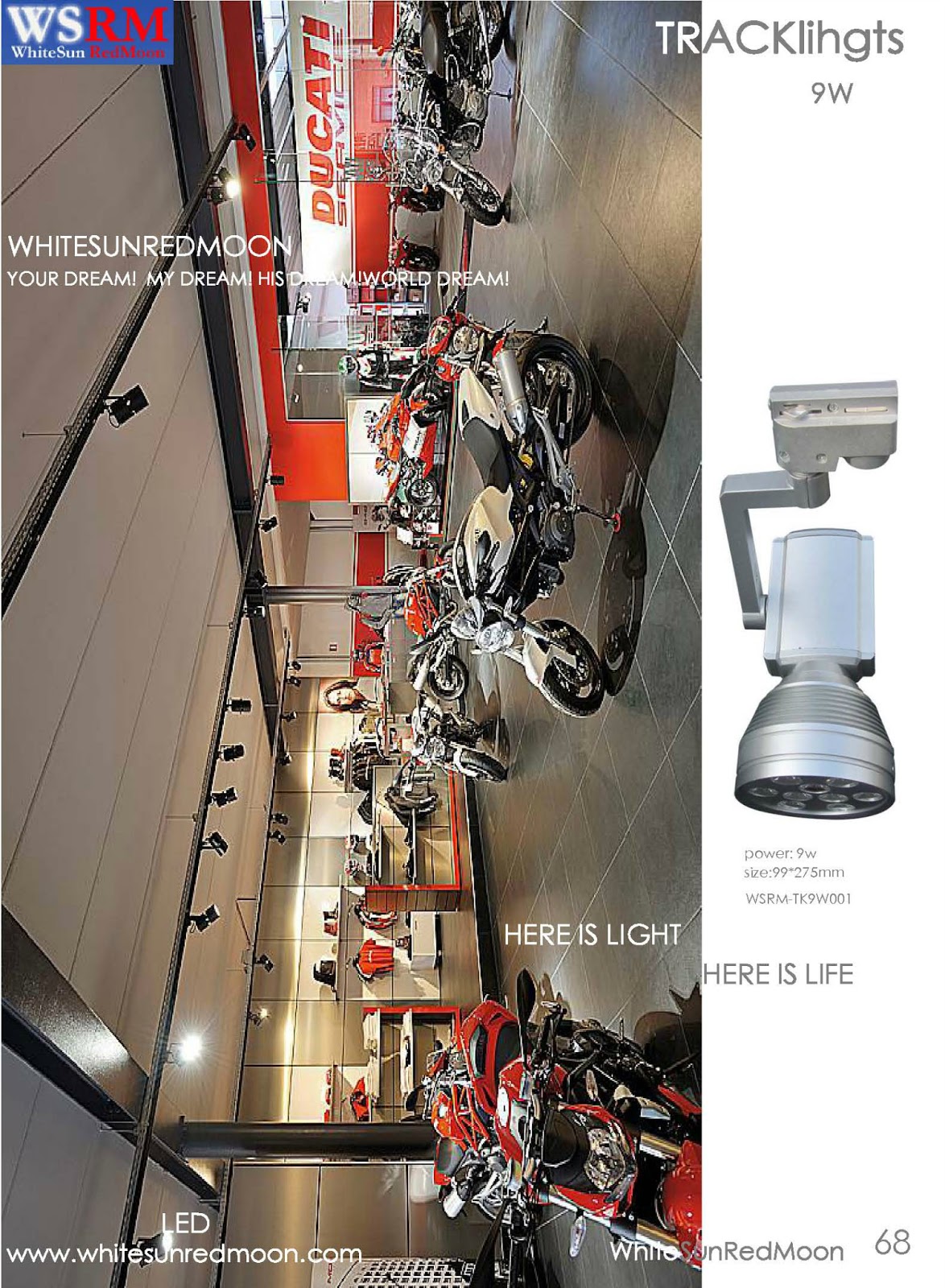

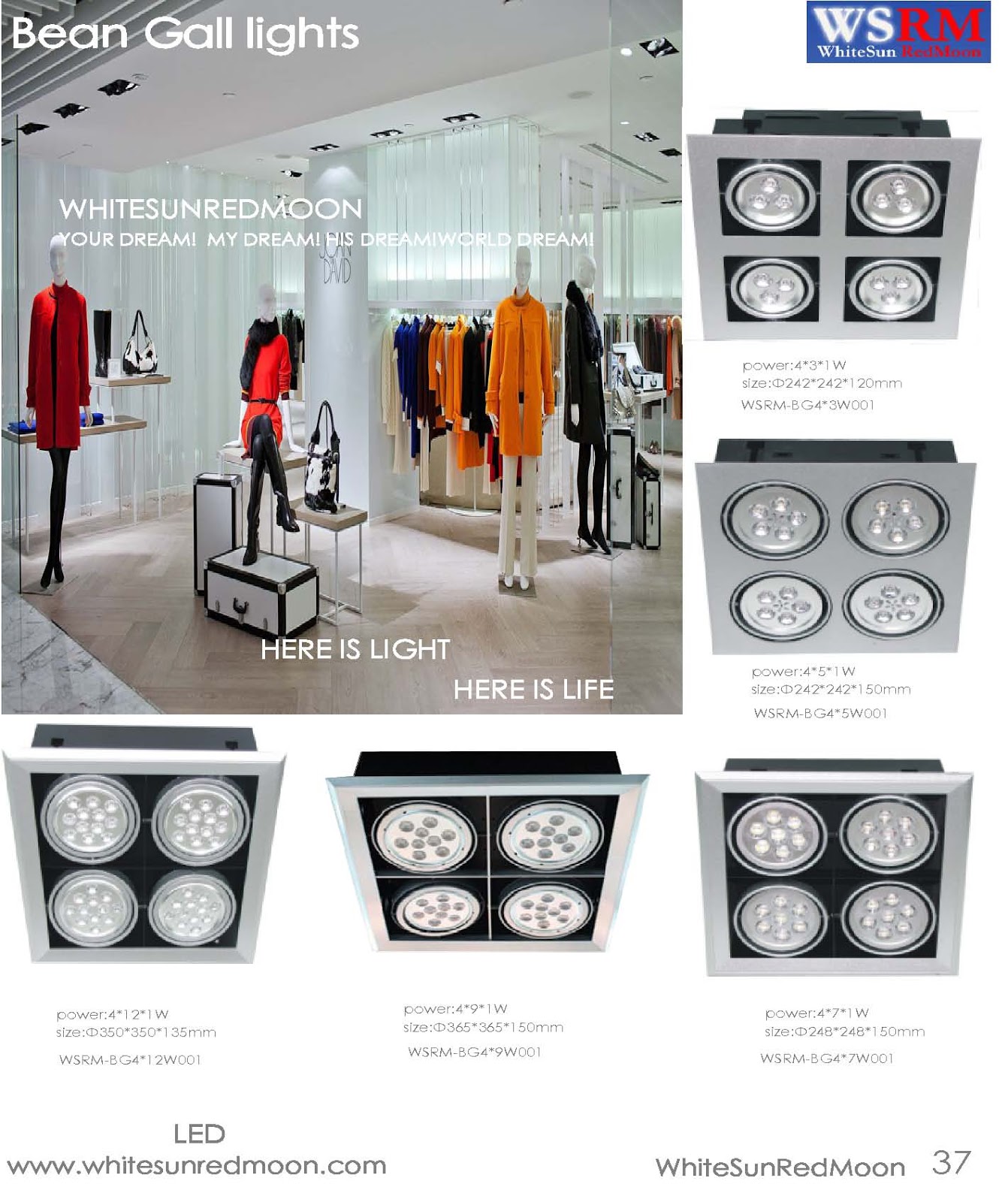



No comments:
Post a Comment